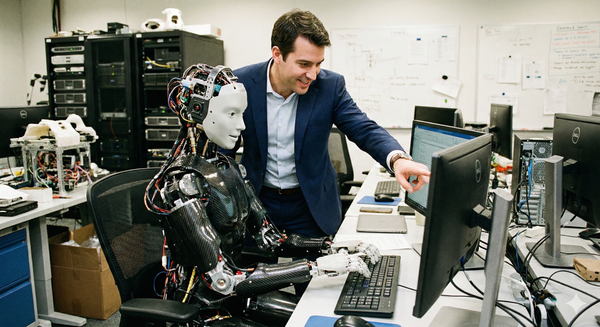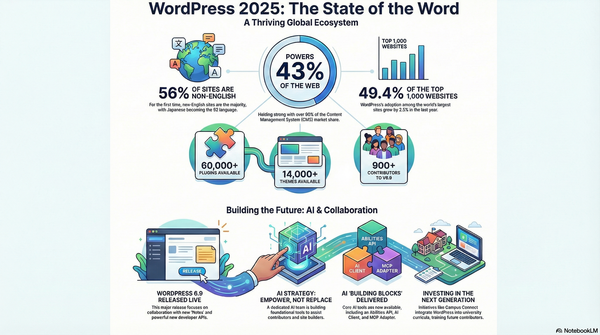Twitter's Recommendation Algorithm Goes Public — An Overview of My Thoughts & What It Means for You

Editors Note: Joshua will be writing a column for us and will now be on Thursdays. This will, at some point, be for paying members. But for now enjoy Joshua’s wisdom!

The Twitter source code has been made public.
Part of it, that is.
Elon Musk had pledged to make the recommendation algorithm public. In other words, the algorithm that dictates what you see on your Twitter timeline.
At first, I thought it was a bit strange that Twitter would make it publicly available. No social media company has ever revealed its secrets.
(And why would they?)
But according to Elon Musk, making this portion of the code allows for non-Twitter software developers to suggest changes to the algorithm.
Thus, making it better.
Regardless of the specifics — here’s what you need to know as a business owner or content creator.
1: Pictures Are Your Friend
Whenever I embed a picture on my (or my client’s) tweets, they always seem to perform better.
Typically by a factor of 2-3x.
That’s a pretty significant boost!
And with the source code having been made public, it all makes sense now. The Twitter algorithm is programmed to give these tweets a 2x boost.
Now — this doesn’t mean you should include a picture in EVERY tweet (or a meaningless picture, for that matter).
Remember:
You’re still writing for people — they would much rather consume value, rather than conform to whatever the Twitter algorithm rewards.
2: Don’t Follow For Follow
I get quite a few DMs these days saying:
“Hey! Love your content. Let’s follow each other and grow together!”
First of all, I despise these messages.
They’re super inauthentic — so why should I click that follow button?
Alternatively, you could do this in a more subtle way.
You could follow hundreds of people and hope they’ll follow you back.
For example, I recently came across an account on Twitter that follows 44k people, but only has around 20k followers. I’m not sure what their true intentions were, but I could take a pretty solid guess (considering the kind of content they were sharing).
According to the Twitter algorithm, this could actually put some massive restraints on your account. Especially when it comes to how much exposure your tweets get.
3: Twitter Blue May Be Worth the Investment
I subscribed to Twitter Blue back in January. I wasn’t quite sure if the investment would be worth it, but thought it would be an interesting experiment.
People were saying that it’ll help you get more exposure. So I was like, “why not?“
(Ok, I’m not going to lie — the blue badge looked kinda cool, too)
Besides, it was only $8/mo.
Now that the Twitter recommendation algorithm is public, it’s clear that peoples’ suspicions were spot-on. When you’re verified, you get a 4x boost.
I’m not saying you HAVE to get verified — but it may be worth the small investment.
4: Viewing Time Matters
Similar to other social media platforms, the longer someone stays on your tweet or thread, the more bonuses your account will get.
Specifically, your account will get bonuses if:
someone views your tweet for 2+ minutes
they check your profile after reading your tweet
That’s why threads are so important!
When I learned about Twitter’s recommendation algorithm going public, I was quite surprised.
This kind of thing never happens!
Who knows what’s going to happen from here, but I thought it would be a worthwhile thing to talk with you about. Leave a comment down below and let me know your thoughts about it.
About the Author
Joshua Snitgen the founder & CEO of WordButler — a content management company helping businesses 2x their exposure by transforming their existing video content into written content (without sacrificing their unique voice in the process).
Want to learn more?
Click HERE to request a free 20-minute consultation.





